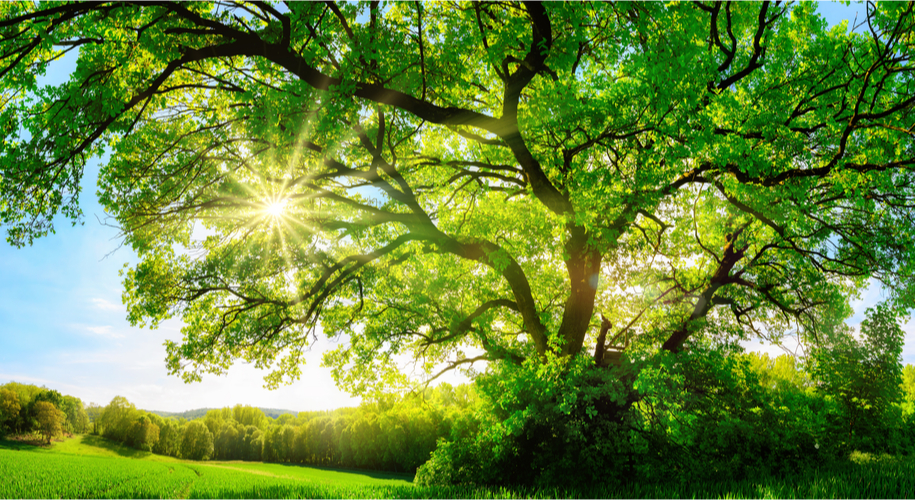
The Importance of Trees: Part One
As a child did you read the Shel Silverstein book, The Giving Tree? In this tale the reader experiences how much the tree gives to the little boy she loves. In real life, trees give us all the things Silverstein writes about and so much more. We all know the obvious, trees provide essentials such as oxygen and food. They also provide additional necessities such as shelter, medicine, and tools. However, the value of trees and their benefits far exceeds these basic functions. In fact, they have so many various secondhand benefits that we will cover them in a three-part series. Read on and discover more about the science behind the importance of trees!
Carbon Sequestration
Carbon dioxide is the most commonly produced greenhouse gas. Carbon sequestration is the process of capturing and storing this gas in our atmosphere. Trees naturally remove carbon dioxide from the air through photosynthesis. The older the tree, the greater its potential to store carbon and slow climate change.
Absorb solar radiation
The absorption of solar radiation by leaves and branches, filters different levels of light through the tree canopy. In other words, less light can penetrate thicker leaves and the tree therefore provides shade. Trees and their leaves absorb more sunlight than other types of landcover and therefore reflect less incoming sunlight back into space. Light reflected into space is believed to be a cause of globally warming.
Increased Biodiversity
It is natural that wherever trees are planted, wildlife and other plants will follow. Trees provide shelter and food for a variety of birds and small animals. Trees also provide shade, reduce water, and air temperatures and contribute to the overall health of aquatic ecosystems. They do this by providing habitat, shelter, and food for species such as turtles, beavers, and fish.
Get a Quote
Looking for expert tree care? Fill out the form below and we’ll be in touch!
Looking for expert tree care?

